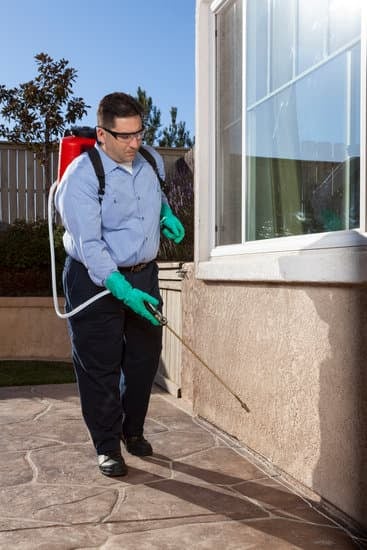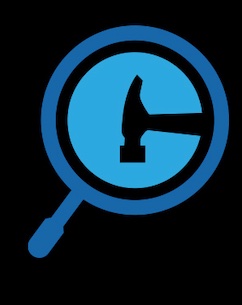Pest Control Websites: 5 Factors
In today’s digital age, the importance of a well-designed website for your pest control business cannot be overstated. It is the primary way potential customers discover, assess, and contact your company. A thoughtfully crafted, user-friendly website can set you apart from your competitors and help generate leads. Below, we explore the five critical factors of an effective pest control website design.

#1 User-Friendly Navigation l Pest Control Website
• Clarity and simplicity: Your website should be easy to navigate, ensuring that potential customers can find the information they need without any difficulties. Avoid cluttering your web pages with excessive details or complex navigation systems.
• Quick access to services: Prominently feature your services and how they solve pest problems. Make it easy for users to understand what you offer and how to avail themselves of your services.
• Call-to-Action (CTA) buttons: Strategically place CTA buttons throughout your site. These buttons, which typically say things like “Contact Us,” “Request a Quote,” or “Schedule Service,” help guide visitors towards taking action.
#2 Professional Design and Branding l Pest Control Web Sites
• Consistent branding: Ensure your website reflects your company’s brand identity. Consistency in your logo, color scheme, and overall design will make your site memorable and build trust with your audience.
• Responsive design: A website that works seamlessly across all devices (desktop, tablet, mobile) is crucial in today’s world. A responsive design ensures that no matter how potential customers access your site, they have a positive experience.
#3 Search Engine Optimization (SEO) l Pest Control
• Keyword research: Identify and integrate relevant keywords related to pest control and your location. This strategy will help your website appear in local search results when potential clients are looking for services like yours.
• Content optimization: Ensure all of your website’s content, from blog posts to service descriptions, is optimized with relevant keywords. But remember, readability and quality are vital—write for humans first, search engines second.
• Local SEO: Optimize your website for local search. Include your service area, create location-specific pages, and register with Google My Business.
#4 Informative and Engaging Content
• Educational content: Provide valuable, educational content about pest prevention and control. This positions your company as a trusted expert in the field.
• Service descriptions: Clearly describe each service you offer and how it can solve the customer’s problem. This can alleviate any concerns or questions they may have.
• Blog posts: Regular blog posts can keep your audience engaged, provide additional value, and enhance SEO efforts.
#5 Reviews and Testimonials
• Customer testimonials: Positive reviews and testimonials can instill confidence in potential clients. Showcase them on your website to help build trust and credibility.
• Case studies: Detailed case studies can illustrate how you’ve helped others in the past. They’re a compelling way to highlight your expertise and effectiveness.
• Third-party review integration: If possible, integrate third-party reviews from sites like Google and Yelp to give an unbiased view of your services.
In summary, an effective pest control website is user-friendly, professionally designed, well-optimized for search engines, informative, and able to showcase positive reviews. It can be the difference between a potential customer choosing your business over a competitor. If you’re unsure where to start, consider engaging with a professional website design company, like Contractor Optimize, to help you build an effective, lead-generating website for your pest control business. Reach out today and take your online presence to the next level!




Comments are closed